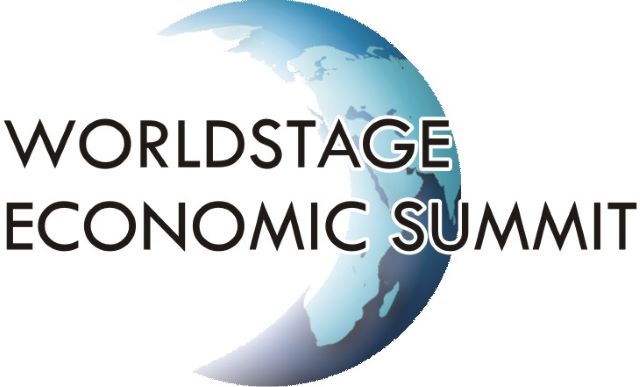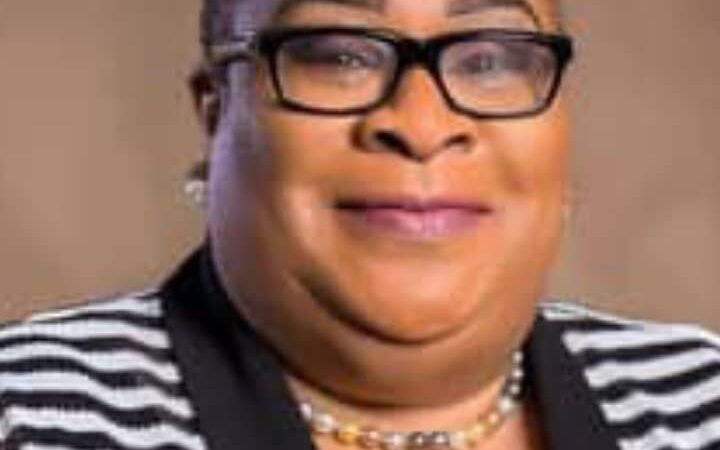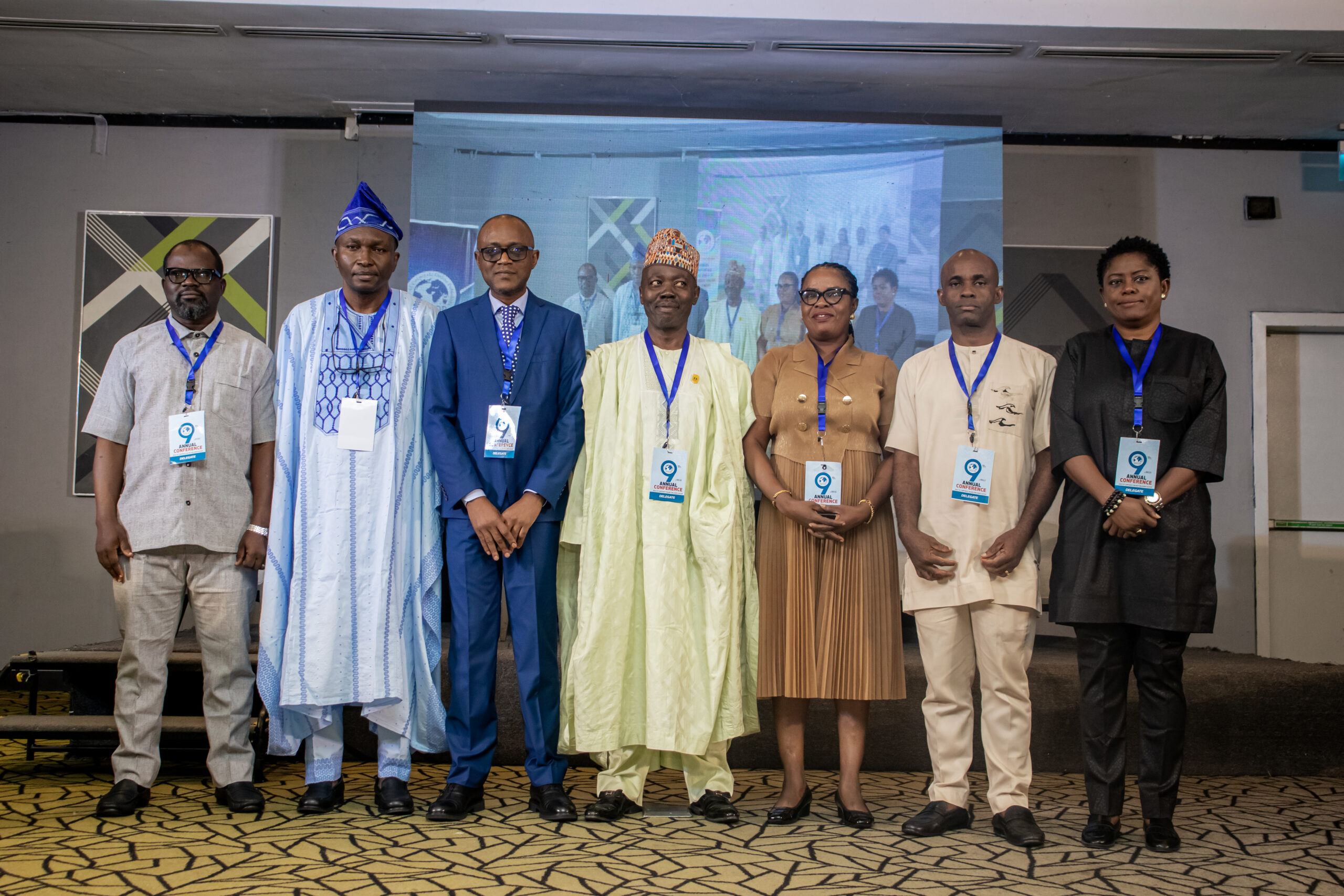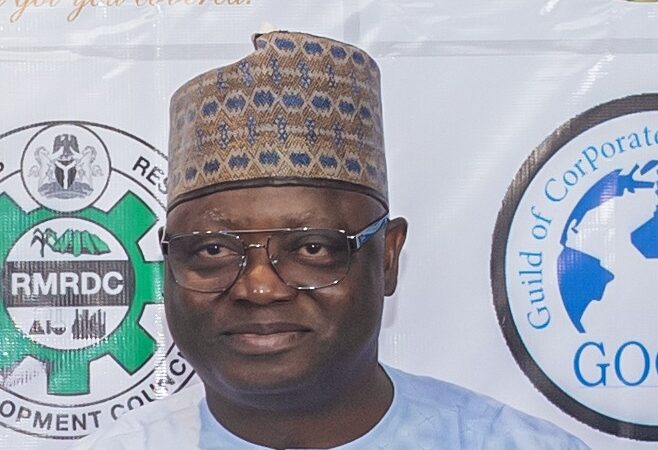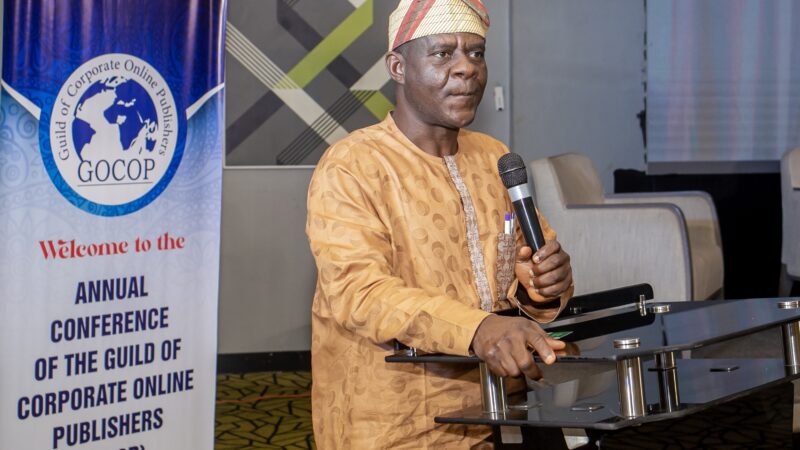Reaching the most vulnerable in Nigeria: Our Humanitarian Roadmap 2025

The Danish Refugee Council provides protection and life-saving humanitarian assistance, supports displaced persons in becoming self-reliant and promotes the protection of rights and peaceful coexistence in communities across Nigeria
By Mohamed Malick Fall
On 23 January 2025, we will launch the 2025 Nigeria Humanitarian Needs and Response Plan (HNRP). The plan targets 3.6 million of the most vulnerable people in Borno, Adamawa, and Yobe (BAY) states, requiring $910.2 million in funding.
It underscores the urgent need for lifesaving interventions while laying the groundwork for resilience and recovery. It is a result of extensive consultations with affected people, Government authorities, and partners, ensuring that our response is evidence-based and needs-driven.
As we launch the Nigeria 2025 HNRP, we are reminded of the escalating challenges and the profound resilience of Nigerians facing one of the largest and most complex humanitarian crises in the world.
From conflict-induced displacement to climate shocks, food insecurity, and disease outbreaks, Nigeria continues to grapple with overlapping emergencies that strain resources and test the limits of our humanitarian response. Yet, these challenges present an opportunity to rethink, reform, and realign our efforts for more efficient, impactful and sustainable outcomes.
The Nigeria 2025 HNRP is a strategic blueprint aimed at addressing these multifaceted crises. With an estimated 33 million Nigerians facing food insecurity, 1.8 million children at risk of severe malnutrition, and millions displaced across the country, the stakes are higher than ever.
Humanitarian needs extend far beyond the BAY states, affecting communities nationwide. The United Nations acknowledges these challenges and the urgency to address them.
However, limited resources and capacity constraints necessitate careful prioritization to ensure the most effective use of available resources. Outside of the BAY states, a model is being developed that will jointly address humanitarian, development and peacebuilding needs.
This with emphasis on development interventions addressing the underlying causes of vulnerability, reducing overall humanitarian needs.
Recognizing that the approach used in the BAY states may not be suitable for all other regions, efforts outside these areas will focus on a coordinated response with development actors to address underlying vulnerabilities.
This strategy will be led by the government, leveraging national leadership and resources to ensure sustainability.
A new model of coordination and response is being developed to achieve this goal.
The crises in Nigeria are rooted in a complex interplay of conflict, economic instability, and climate change.
The BAY states remain the epicenter, with 7.8 million people in need, including displaced individuals and host communities. Conflict continues to drive displacement, disrupt livelihoods, and erode access to basic services. At the same time, climate-related disasters, such as the devastating floods of 2024, have exacerbated vulnerabilities, destroying homes, farmland, and critical infrastructure.
These challenges are compounded by systemic inequities. Women and children face heightened risks, from gender-based violence to malnutrition and lack of access to education.
Girls and women are also often excluded from access to health care, livelihoods and decision-making processes. People with disabilities report feeling overlooked in aid distribution, highlighting the need for inclusive and equitable approaches. These disparities demand targeted interventions that prioritize the most marginalized.
Recognizing the need for transformative action, the 2025 HNRP introduces key reforms to improve the efficiency and effectiveness of humanitarian responses. First, we aim to reduce transaction costs by localizing aid delivery, channeling more resources through national and local organizations that better understand community dynamics. Empowering these organizations not only enhances local acceptance but also ensures faster, more trusted responses.
Second, it promotes a shift from reactive to anticipatory and proactive approaches to humanitarian action. By investing in early warning systems and pre-agreed trigger mechanisms, we can respond swiftly to predictable shocks such as floods and disease outbreaks. Allocating 5% of the budget to anticipatory action is a step toward minimizing human suffering and resource wastage.
Third, we are committed to leveraging partnerships with development actors and the Government to address the root causes of vulnerability. By integrating humanitarian, development, and peacebuilding efforts, we can create durable solutions that reduce reliance on aid and promote long-term stability.
Finally, the plan seeks to diversify funding sources.
Traditional funding mechanisms are no longer sufficient to meet growing needs. Innovative approaches, including private sector engagement and government-led initiatives, are essential to bridging the gap.
The success of the 2025 HNRP depends on the collective efforts of all stakeholders. Humanitarian actors must collaborate closely with the government, civil society, and affected communities to ensure that assistance is tailored, inclusive, and effective. Donors are called upon to sustain their commitment, recognizing that their support is vital to driving the necessary reforms and innovations.
More than anything, we must challenge our perceptions of humanitarian assistance. It is not a standalone solution but a critical component of a broader strategy that includes development and peacebuilding. By aligning our actions with these principles, we can address immediate needs while paving the way for resilience and empowerment.
As we embark on this journey, let us draw inspiration from the resilience of those we serve. Their courage and determination remind us of the profound impact we can achieve through collective action.
I call upon all stakeholders to support the 2025 HNRP. Together, let us invest in humanity and leave no one behind.
Mohamed Malick Fall is the United Nations Resident and Humanitarian Coordinator in Nigeria.

